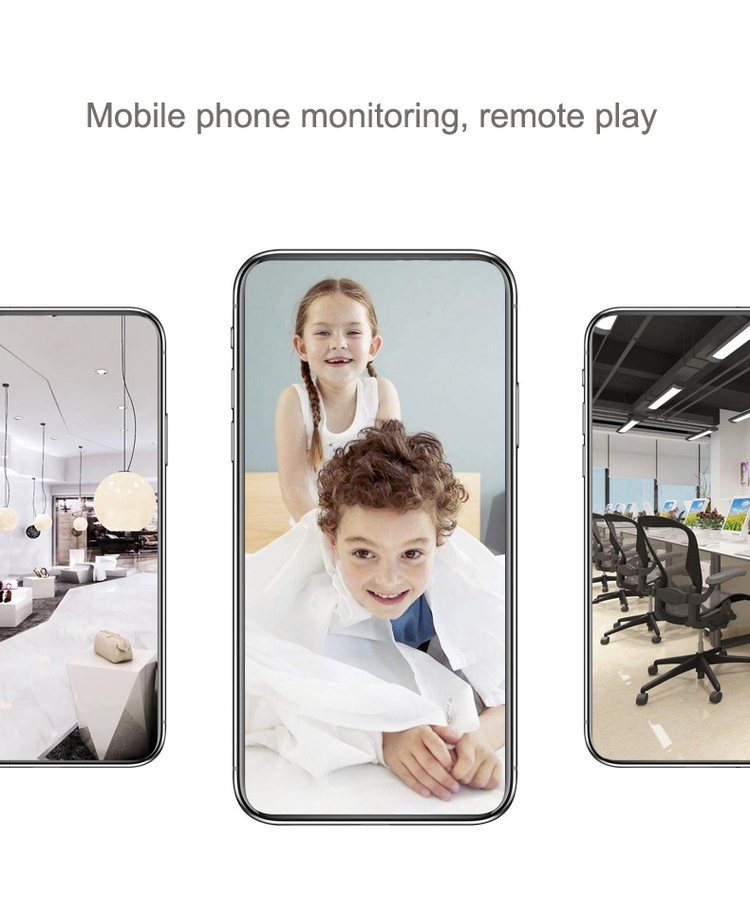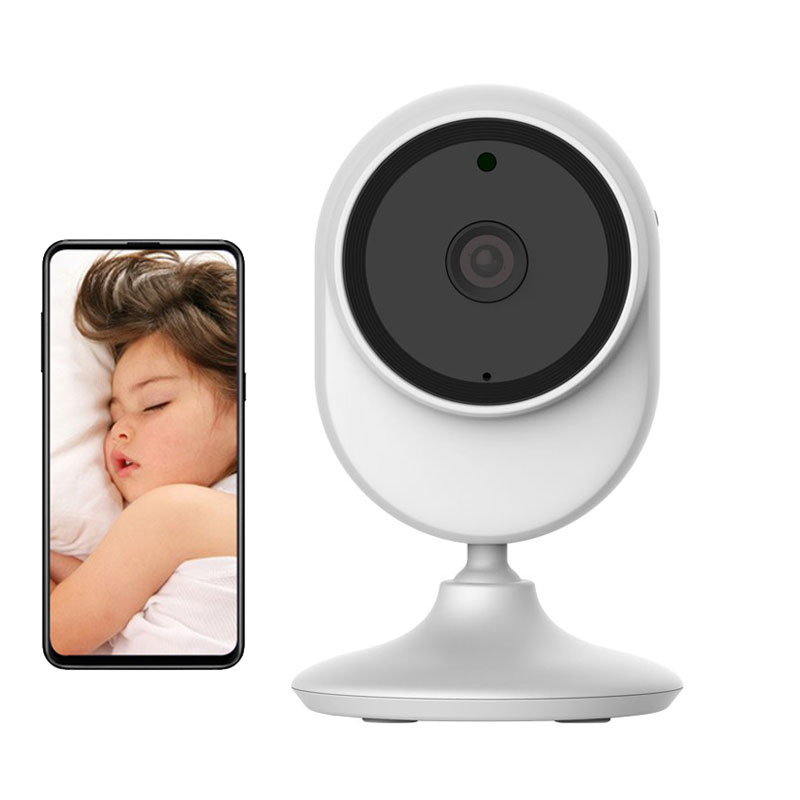
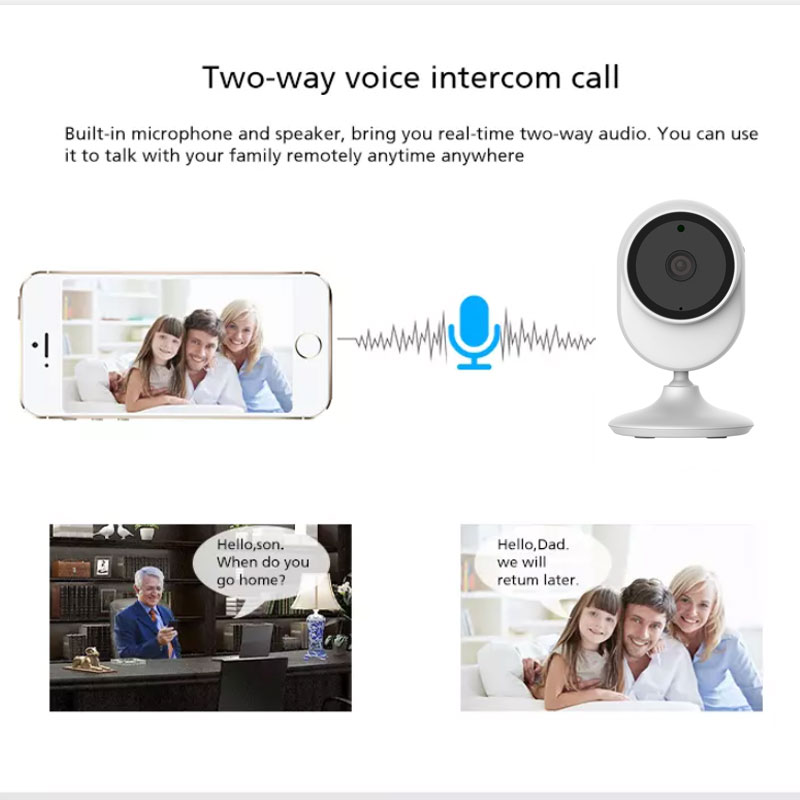
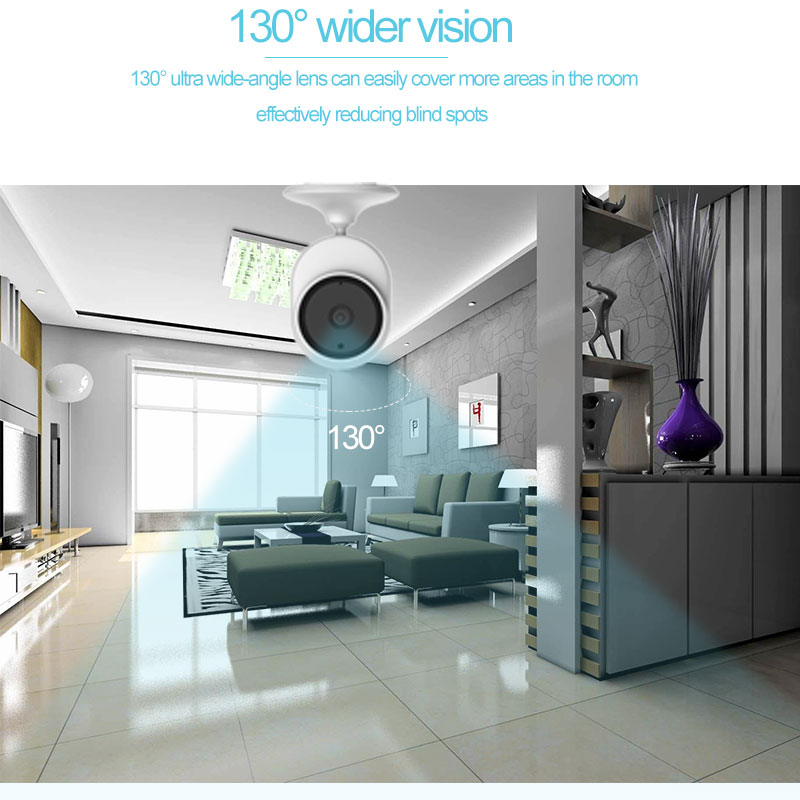
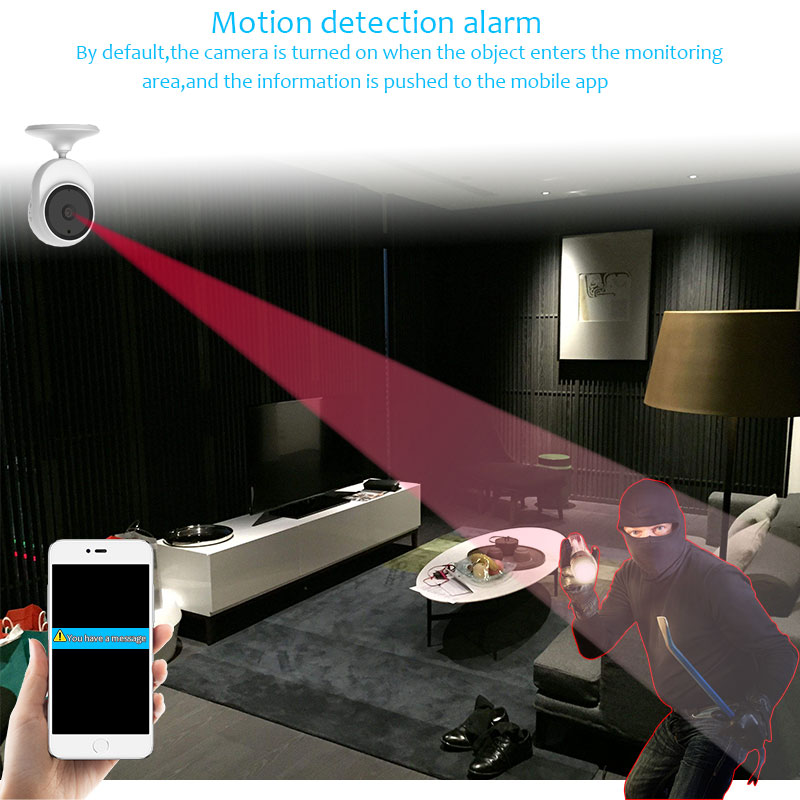
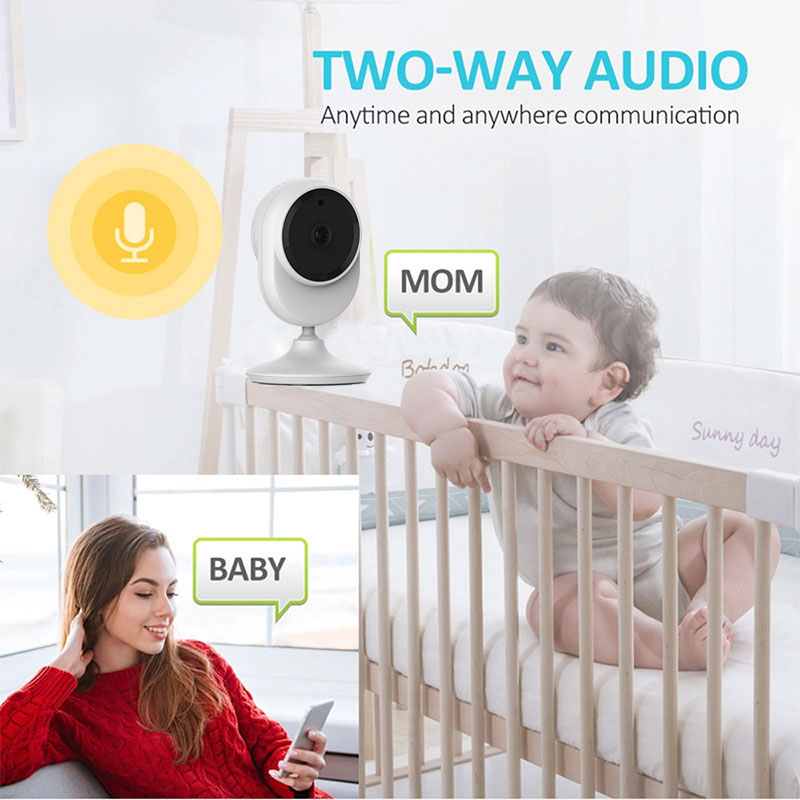
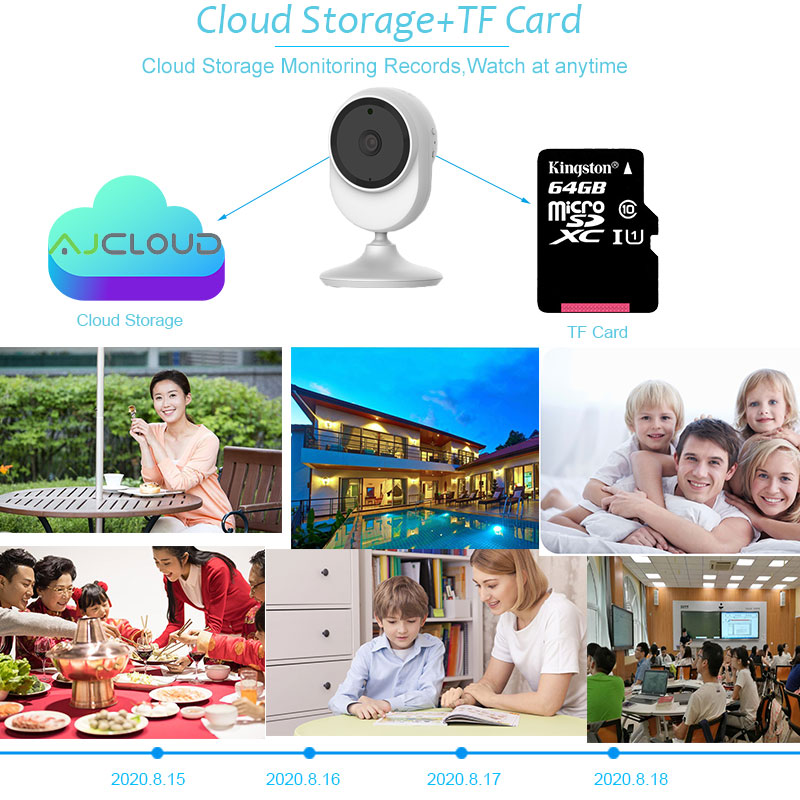
|
Interface
|
WI-FI Support
|
|
Power Interface
|
|
|
Reset Button
|
|
|
Built-in Micro SD solt
|
|
|
Built-in Microphone and speaker
|
|
|
4pcs infrared LED, 7m distance
|
|
|
Pan/Tilt
|
N/A
|
|
Image Sensor
|
1/2.7 ” CMOS Sensor
|
|
Display Resolution
|
1920*1080/640*360
|
|
Lens
|
f=2.8mm,F=1.8, View angle:140°
|
|
Dimension
|
68*68*109.55mm
|
|
Power Input
|
5V Micro,<6W
|
|
Wireless Speed
|
IEEE802.11b/g/n 150Mbps
|
|
Operating Frequency
|
2.4GHz
|
|
Channel
|
1~13
|
|
Security
|
64/128-bit WEP, WPA/WPA2,WPA-PSK/WPA2-PSK
|
|
WPS
|
WPS push wireless connection
|
|
Protocols & Standards
|
TCP/IP, DHCP, FTP, SMTP,NTP, UPNP,HTTP, UDP/IP,DDNS P2P
|
|
Image Compression
|
H.264
|
|
Image Settings
|
Image Settings:Saturation, brightness, contrast adjustable through client software or web browser
|
|
Maximal Frame Rate
|
25fps
|
|
Code rate
|
256kbps~2048kbps
|
|
Account permissions
|
Three Level
|
|
Motion Detection
|
Support Four motion detection,send alarm pictures or video to Micro SD.send alarm pictures to FTP/Email.
|
|
Manage Software
|
P2P View client software (support Android, iPhone),
|
|
IP / DDNS View client software (support Android,iPhone),
|
|
|
PC centralized control and management platform
|
|
|
Audio
|
Two-way audio,Audio Compression: G.711
|
|
SmartPhone requirements
|
Android version 4.5 and above; iOS version 7.0 and above; Windows Phone uses browser to view or the third party APPs.
|
|
Temperature
|
Operate Temper:-10℃ ~ ,50℃,Storage Temper:-40℃ ~ 70℃
|
|
Humidity
|
Operating Humidity:10% ~ 90%,Storage Humidity:3% ~ 90%
|
In the history of the baby monitor industry, 2.4G digital baby monitors and 40/49M baby monitors occupy the main part. Since the 1980s, the 40/49MHz baby monitor production industry has basically adopted more than ten MHz crystal oscillations and then tripled the frequency to obtain the operating frequency. The advantages of this solution are simple technology and low cost, but the 3 doubling frequency leads to the circuit There are a lot of unnecessary harmonics and fundamental waves in it. In order to filter out the unwanted frequencies, the desired frequency is usually selected by means of mid-cycle tuning. Therefore, production and debugging are complicated, with a high defect rate, and one crystal is required for one operating frequency. For monitors with multi-channel selection, multiple crystals are required, which increases the production cost and the complexity of mid-week tuning. With the rapid economic development, the rapid upgrading of electronic products, and fierce competition among industry enterprises, product cost control has become an important threshold for consumer electronics. At present, the foreign baby monitor industry is relatively mature and widely used, with well-known brands such as Angelcare.
Compared with 2.4G digital baby monitors, 40/49M baby monitors have a huge cost advantage, which makes them always occupy a large proportion of the baby monitor market, but because most of the chip design companies’ products are aimed at the RF market Therefore, products that can be applied to 40-49MHz baby monitors are rare, the MCD2006S chip, which is similar to the situation not only in China but also abroad. The current domestic better solution is to use phase-locked loop chip technology, well-known brands such as Maxic. The result of using this technology is to simplify the production and debugging of the baby monitor, improve the production yield, and solidify the ROM and RF power amplifier functions of the 40/49MHz baby monitor commonly used frequency points.
